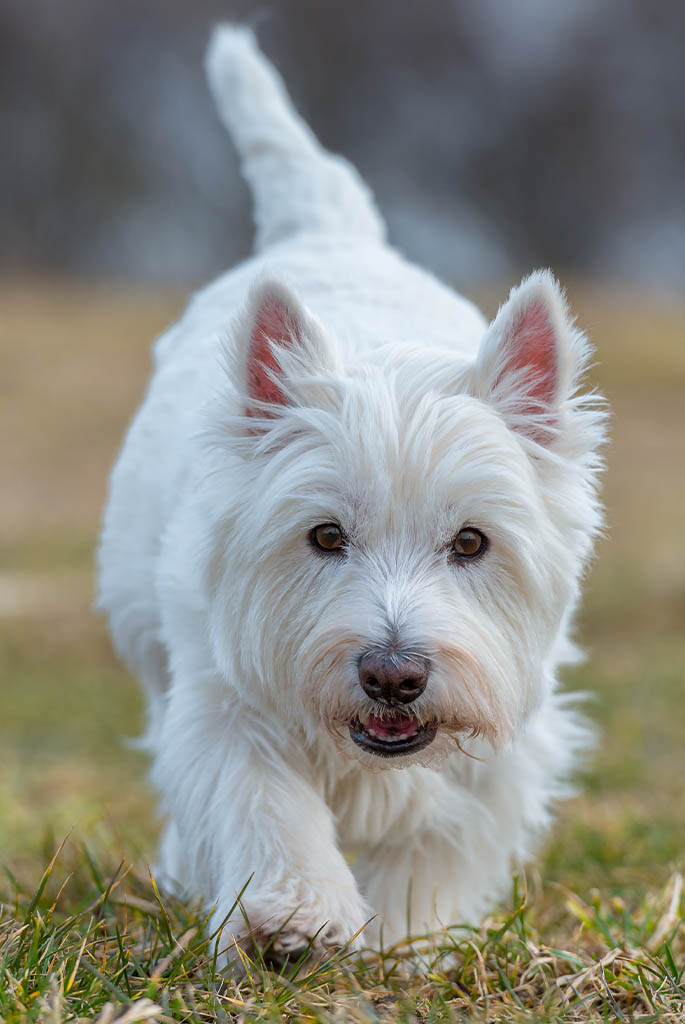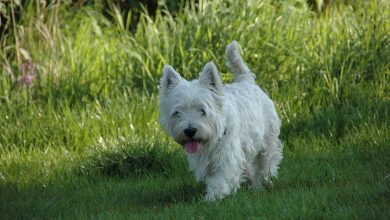Atlantoaxial Subluxation
The cause is thought to be genetic or occurs because of trauma.
“Partial dislocation occurs when the connection between the two vertebrae fails and becomes unstable, this is called Atlantoaxial Subluxation and can cause compression of the spinal cord”.
While Atlantoaxial Subluxation is not overly common, it can be found in toy and small dog breeds, so it is worth a visit.
The first and second vertebrae in dogs (and humans or any other animal) is called the Atlas and Axis and is connected by ligaments. Due to the structure of the joint, the Axis has a bony finger like projection called the Dens. This extends upwards and the Atlas rotates around it. This creates rotation of the neck. The ligaments provide stabilisation at the joint. The spinal cord runs through the spinal canal which is formed by the vertebra. Partial dislocation occurs when the connection between the two vertebrae fails and becomes unstable, this is called Atlantoaxial Subluxation and can cause compression of the spinal cord.
What causes Atlantoaxial Subluxation?
Usually, it is due to a genetic defect where the dens are absent or deformed creating instability at the joint. If the dens haven’t formed properly or is absent, then the ligaments attaching to it will also be disrupted. While Atlantoaxial Subluxation can be due to a genetic defect, it can also be caused by trauma causing a failed connection at the joint.
Typically, this is seen in dogs less than two years old, however older dogs may show clinical signs especially after trauma to the neck, for example, dogs running headlong into a tree through the woods whilst chasing a squirrel, and yes, I have seen and treated a dog that had done this, thankfully only causing a disc issue.
How do I know if my dog has this?
Well, affected dogs are likely to have neck pain, this is likely to show in an uneasiness or reluctance for you to stroke your dog’s neck or head.
Depending on the severity, your dog may have an uncoordinated gait (bit like Wobblers, appearing drunk or unable to control their limbs) it is likely to affect all four limbs as the nerves supplying the limbs are generated below the Atlantoaxial level. The dog may also show signs of weakness such as muscle loss, struggling to move, going up stairs etc.
The condition can be classed depending on how much spinal cord damage is present:
- MILD: neck pain, and/or uncoordinated gait
- MORE SEVERE: may be unable to walk
- SEVERE: may affect the dog’s ability to breathe

In order for a proper diagnosis to be made x-rays would be recommended, these would likely show the dislocation of the joint. An MRI scan may also be requested to identify whether the spinal cord has been damaged and to what degree.
There are treatment options depending on the severity, this can be therapy based or surgical, but it is worth pointing out that for Atlantoaxial Subluxation, surgery is the preferred option.
THERAPY would involve placing a splint around the head and neck to immobilise the Atlantoaxial joint. It allows for scar tissue to form and stabilise the joint. The splint would be in place for a minimum of eight weeks. Strict cage rest for the eight weeks of the splint and a further four weeks once removed and only harness walks for toileting and nothing else. The downside is that after 12 ½ weeks the scar tissue may not be strong enough to help stabilise the joint.
SURGICAL treatment involves realignment and stabilisation by fusing the joint. By fusing the joint, it prevents any further spinal cord injury and therefore provides time to recover. This is then followed by a period of cage rest to allow for good fusion. The downside, and this is minor in comparison, is that if a joint is fused then the joints below will be overworked and can lead to an early onset of arthritis, however for a practitioner like myself this is far easier to deal with and manage on a long-term plan.
The prognosis and outcome will depend on the severity of the spinal cord injury and the treatment option chosen. A dog with mild signs has a good prognosis, the more severe the signs the more variable the prognosis. There is a high recurrence of signs if the therapy route is chosen, but there are also failure rates of 10-40% from surgery.
It’s important to remember, as with any condition, the earlier the condition is diagnosed, generally the better the outcome.
Faye Andrews qualified in human Osteopathy in 2002 from the British School of Osteopathy. She then completed a Masters in canine Osteopathy from the European School of Osteopathy in 2018. Faye currently runs her own clinic in Surry alongside teaching both human and canine Osteopathy.






